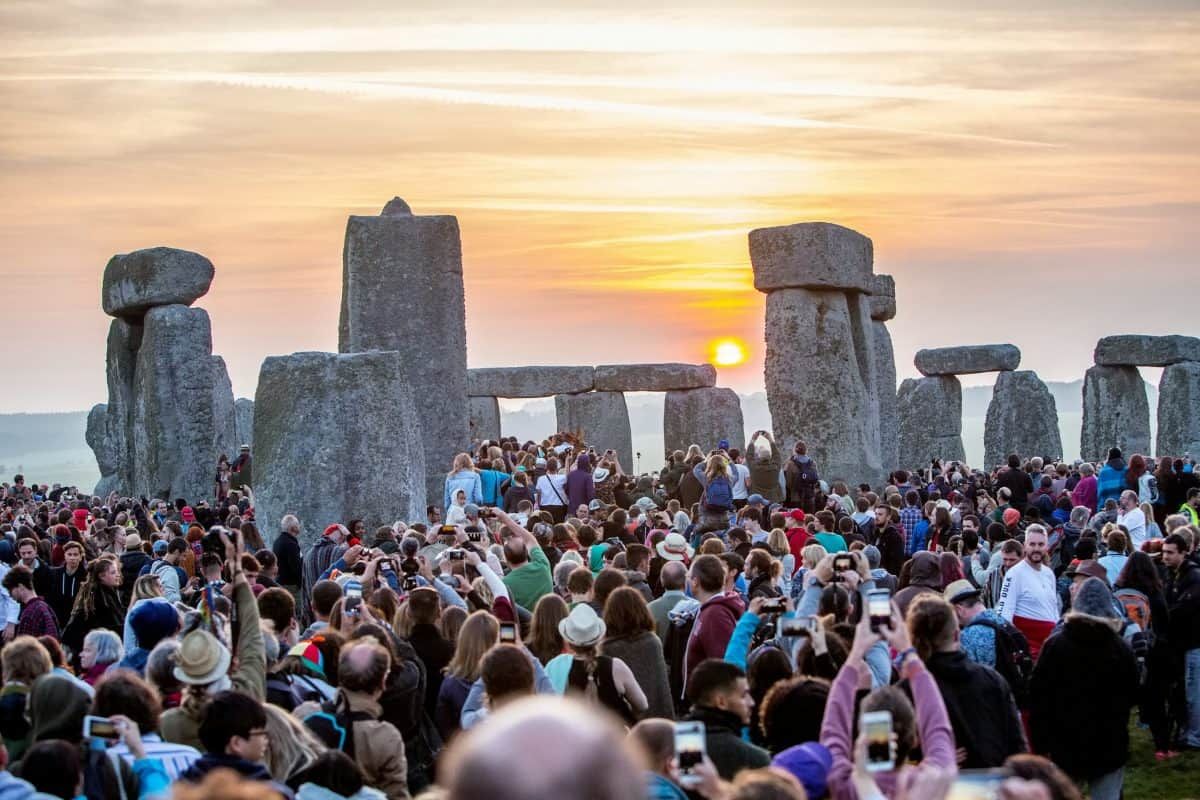
People and animals travelled from all over Britain for huge ‘feasts’ near Stonehenge more than 4,000 years ago in an ancient forerunner of the Glastonbury Festival.
State of the art analysis of pig remains reveals that feasts in the Stonehenge area and across the ancient kingdom of Wessex attracted people and their beasts from hundreds of miles away.
The landmark study, which unearthed evidence of the earliest large-scale celebrations in Britain, reveals the “monumental” distances travelled for national mass gatherings.
The study is the most comprehensive to date and examined the bones of 131 pigs, the prime feasting animals, from four Late Neolithic complexes, dating back around 4,500 years.
Serving the world-famous monuments of Stonehenge and Avebury, the four sites – Durrington Walls, Marden, Mount Pleasant and West Kennet Palisade Enclosures – hosted the very first national events.
The results show pig bones excavated from the sites were from animals raised as far away as Scotland, North East England and West Wales, as well as numerous other locations across the British Isles.
The researchers believe it may have been important for those attending to contribute animals raised locally at their homes.
Before now, the origins of people that took part in rituals at the megalithic monuments and the extent of the population’s movements at the time have been unclear.
Study leader Dr Richard Madgwick, of Cardiff University, said: “This study demonstrates a scale of movement and level of social complexity not previously appreciated.
“These gatherings could be seen as the first united cultural events of our island, with people from all corners of Britain descending on the areas around Stonehenge to feast on food that had been specially reared and transported from their homes.”
Representing great feats of engineering and labour mobilisation, he said the Neolithic henge complexes of southern Britain were the focal point for great gatherings in the third millennium BC.
Pigs were the prime animal used in feasting and they provide the best indication of where the people who feasted at these sites came from as almost no human remains have been recovered.
Using isotope analysis, which identifies chemical signals from the food and water that animals have consumed, the researchers were able to determine geographical areas where the pigs were raised.
Dr Madgwick says the study offers the most detailed picture yet of the degree of mobility across Britain at the time of Stonehenge.
He said: “Arguably the most startling finding is the efforts that participants invested in contributing pigs that they themselves had raised.
“Procuring them in the vicinity of the feasting sites would have been relatively easy.
“Pigs are not nearly as well-suited to movement over distance as cattle and transporting them, either slaughtered or on the hoof, over hundreds or even tens of kilometres, would have required a monumental effort.
“This suggests that prescribed contributions were required and that rules dictated that offered pigs must be raised by the feasting participants, accompanying them on their journey, rather than being acquired locally.”
The findings were published in the journal Science Advances.